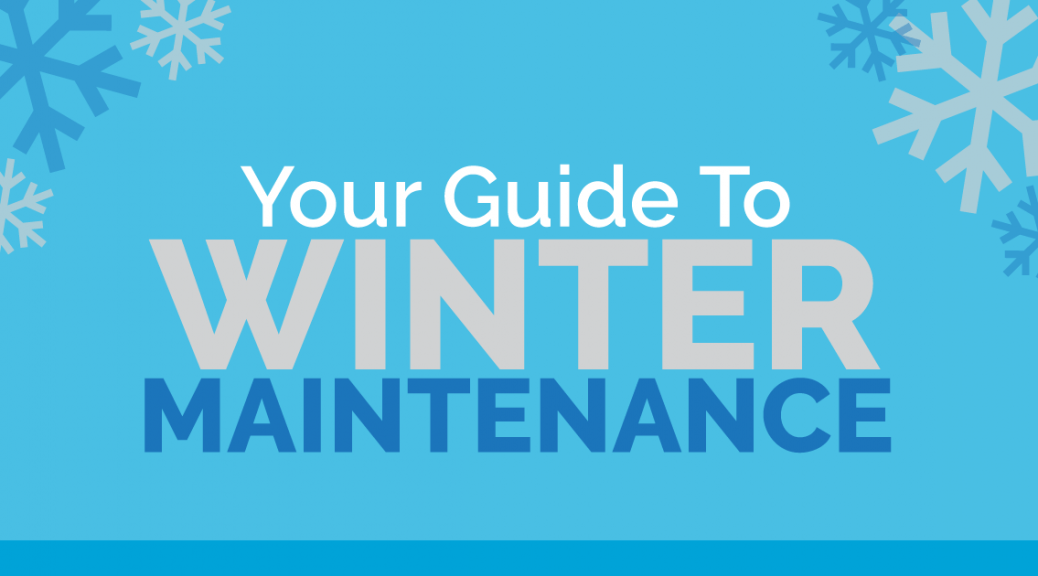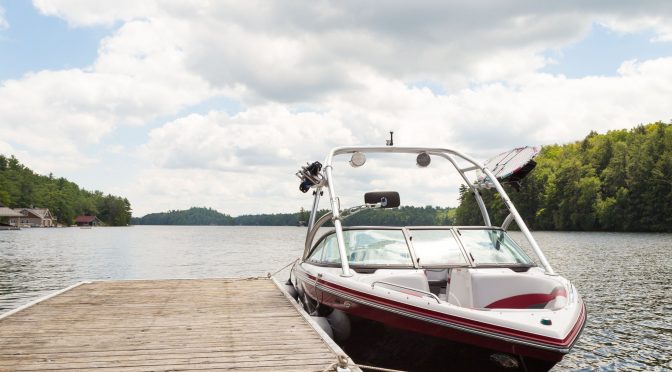If you’re lucky enough to live in a winter wonderland, hitting the trails on your snowmobile is a great way to enjoy the outdoors. However, snowmobiles are fast and heavy motorized vehicles that can quickly turn dangerous. Reduce your risk of injury with these easy ways to stay safe (and still have fun) while snowmobiling.
- Dress Appropriately: Hypothermia is a leading cause of injury in any winter sport. Always dress in insulated clothing with a waterproof outer layer to stay warm and dry. Protect your extremities with high-quality gloves, socks, and boots. And don’t forget a well-fitting helmet and safety goggles!
- Stay Sober: Alcohol and snowmobiles do not mix. Not only does alcohol impair your reaction time, motor skills, and decision making, it increases your risk of hypothermia as well. Depending on the state, you could even face DUI charges.
- Look Up State Requirements: Many states require some sort of license or safety certificate before you can operate a snowmobile, especially for out-of-state renters. Check out what your state (or the state you plan to visit) requires before you hit the trails.
- Slow Down: Unsafe speeds can lead to poor traction and a general lack of control. Tame your need for speed and stay within any posted speed limits. If there’s no set speed limit, drive at a speed that allows plenty of time to react to any situations you may encounter on the trails.
- Don’t Travel Over Water: Avoid driving through or on top of any body of water, no matter how thick the ice may seem. There is always a risk of falling through or losing traction. Look out for frozen lakes and streams that may be hidden under snow.
- Drive on the Right: Just like when driving a car, keep to the right side as much as possible on trails. This reduces the risk of collision on two-way trails. You can venture to the left when passing another vehicle, but only if they’ve waved you on.
- Bring a Friend: Riding alone puts you in a dangerous situation if you were to get lost or injured. Snowmobiling with a group of friends or family is always safer. The more the merrier!
For informational purposes only and may not be applicable to all situations.
.






